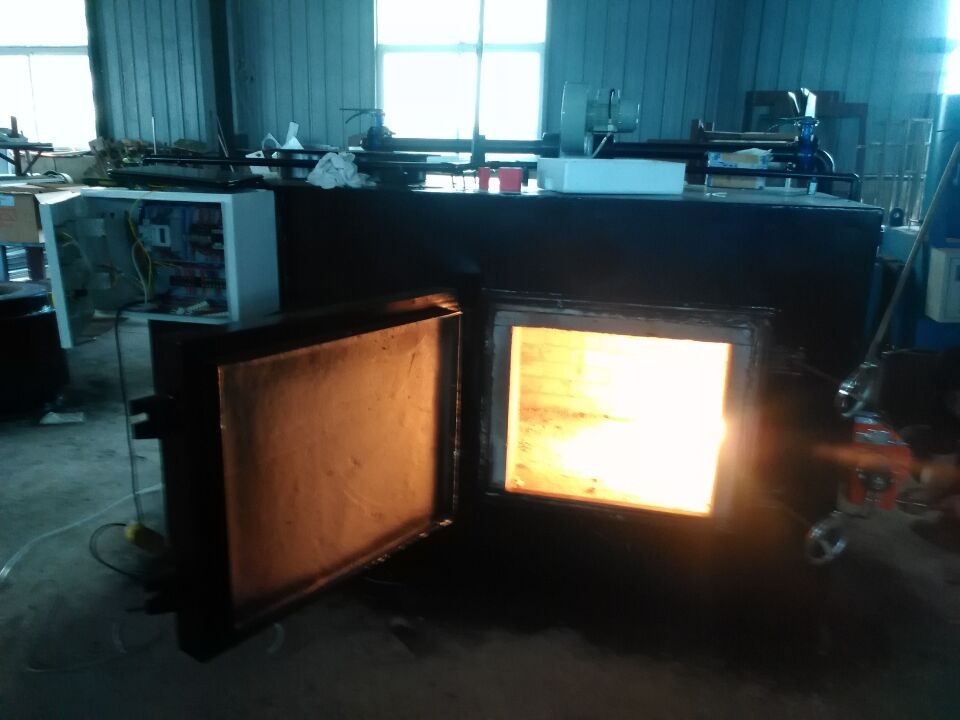Navigating the Complexities of Hazardous Waste Furnaces: Strategies for Proper Disposal and Prevention
Hazardous waste furnaces are an essential part of many industrial processes but navigating the complexities of their operation can be a challenge. Proper disposal and prevention of hazardous waste is crucial to ensure the safety of workers and the environment. Here are some strategies for navigating the complexities of hazardous waste furnaces.
1. Implementing a comprehensive waste management plan: One of the most important strategies for navigating the complexities of hazardous waste furnaces is to implement a comprehensive waste management plan. This plan should outline the types of hazardous waste being generated, their sources, and the appropriate disposal methods. It should also include guidelines for the proper handling and storage of hazardous waste to prevent accidents and spills.
2. Proper training and education: Proper training and education for all workers involved in the handling and operation of hazardous waste furnaces is essential. This includes training on the proper use of personal protective equipment, safe handling procedures, and emergency response protocols. By ensuring that workers are well-trained and educated on the risks associated with hazardous waste, the likelihood of accidents and spills can be greatly reduced.
3. Regular maintenance and inspection of furnace equipment: Regular maintenance and inspection of furnace equipment is crucial for preventing accidents and ensuring the proper operation of the furnace. This includes regular inspection of the combustion chamber, burners, controls, and exhaust systems to ensure that they are functioning properly and are free from leaks or defects.
4. Monitoring and control of emissions: The emissions from hazardous waste furnaces can be highly toxic and harmful to both humans and the environment. It is important to regularly monitor and control these emissions to ensure that they are within acceptable limits. This may include the use of scrubbers, filters, and other pollution control devices to reduce the release of hazardous pollutants into the atmosphere.
5. Proper disposal of hazardous waste: Proper disposal of hazardous waste is crucial to prevent environmental contamination and harm. This may involve the use of specialized treatment and disposal facilities that are equipped to handle hazardous waste safely and effectively. It is important to follow all local, state, and federal regulations for the disposal of hazardous waste to ensure compliance with environmental laws.
In conclusion, navigating the complexities of hazardous waste furnaces requires a comprehensive approach to waste management, proper training and education, regular maintenance and inspection of equipment, monitoring and control of emissions, and proper disposal of hazardous waste. By implementing these strategies, the risks associated with hazardous waste can be minimized, and the safety of workers and the environment can be ensured.



